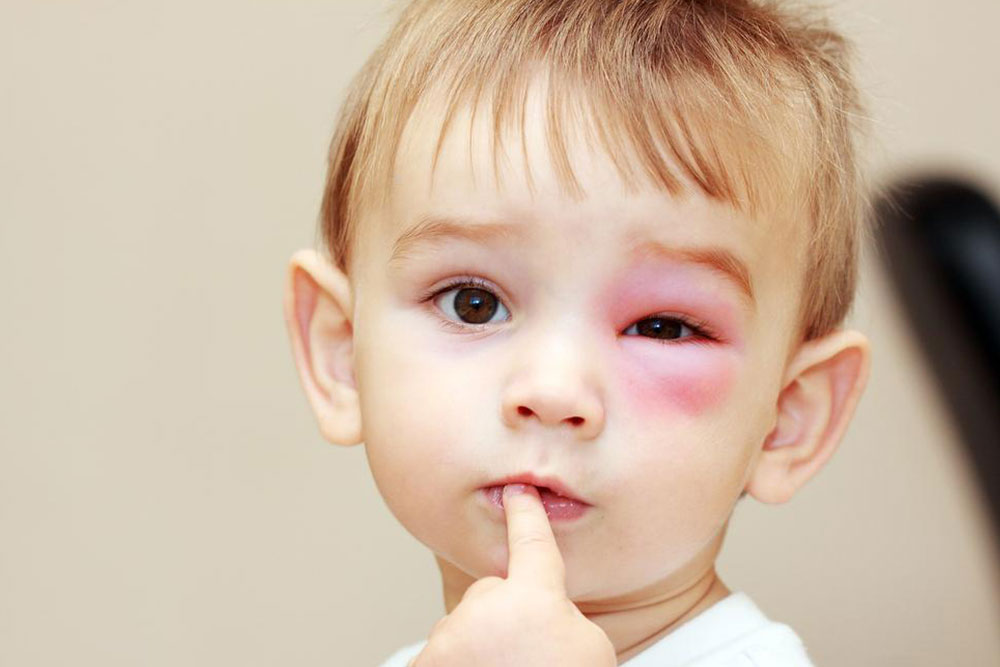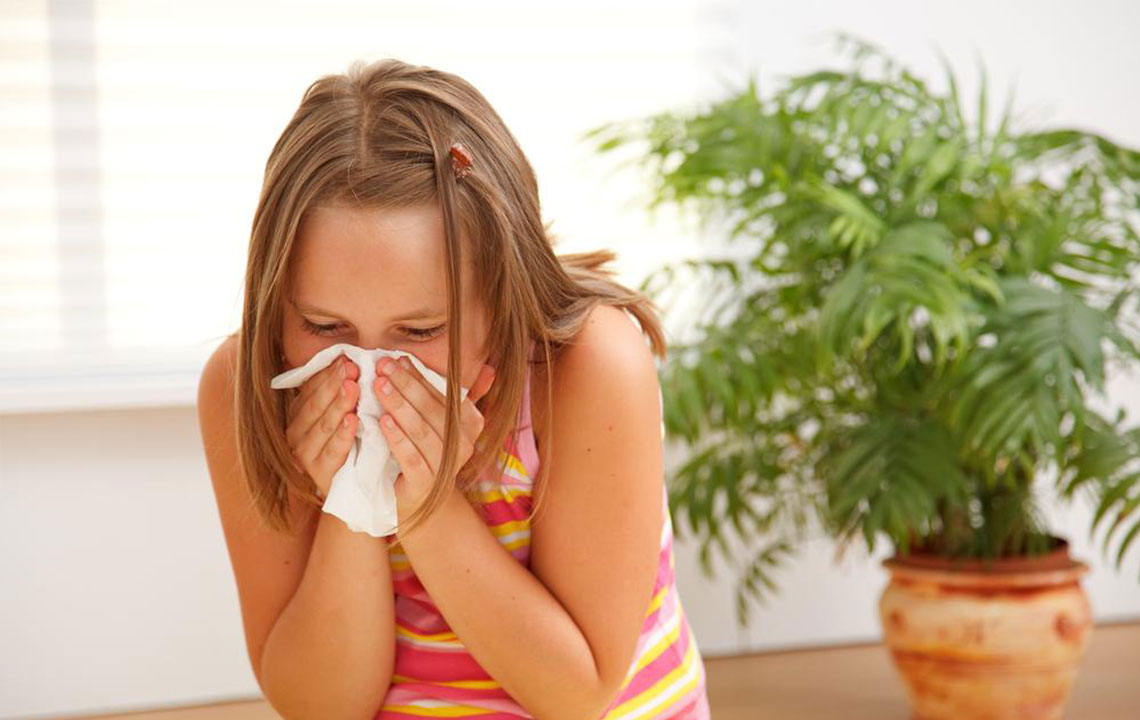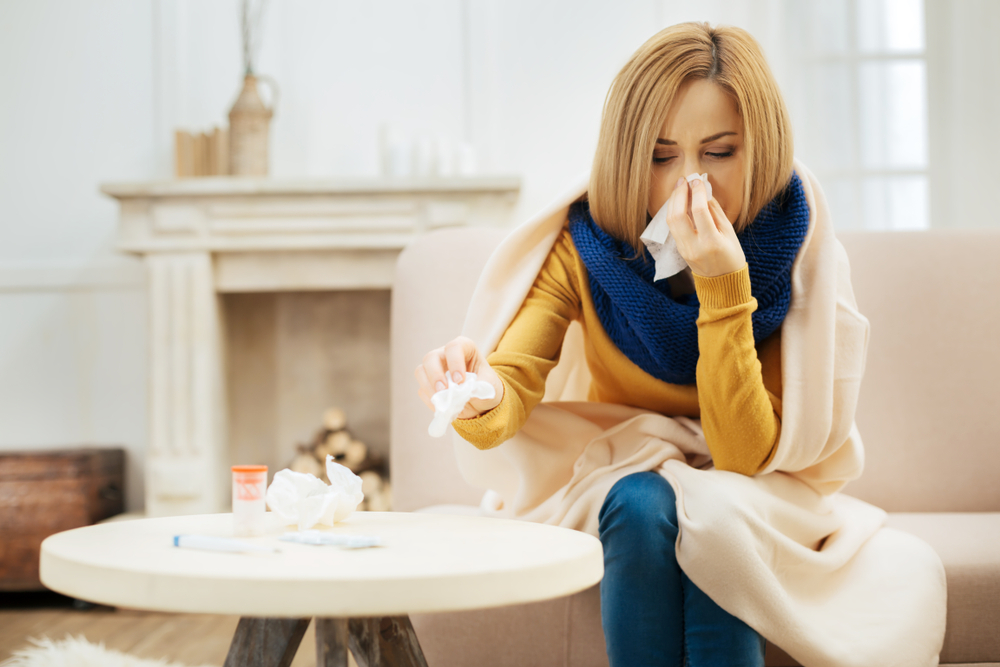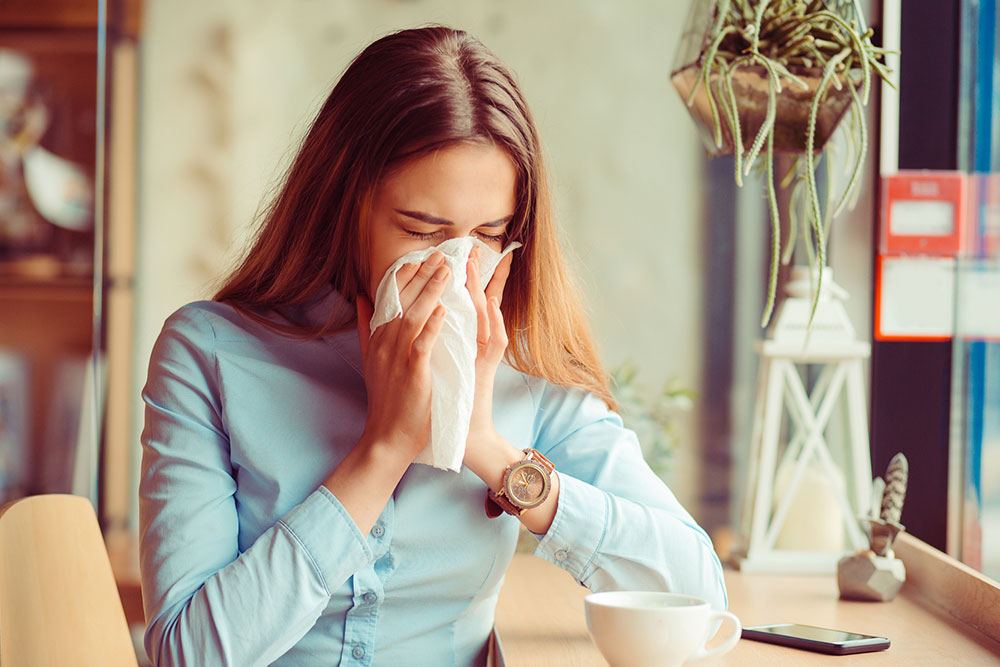Comprehensive Guide: Top Medical Treatments to Relieve Bee Sting Pain and Allergic Reactions
This comprehensive guide covers essential medical treatments for bee sting pain relief and allergic reactions. From basic first aid to emergency interventions for severe allergic responses, learn how to handle bee stings effectively. Quick action and proper care can prevent complications and ensure swift recovery, especially for individuals prone to allergic reactions. Understanding these remedies equips you to respond confidently in outdoor environments, minimizing discomfort and health risks associated with insect stings.

Comprehensive Guide: Top Medical Treatments to Relieve Bee Sting Pain and Allergic Reactions
While the natural environment offers numerous benefits and resources, it also presents certain risks, especially from small creatures like insects. Bees, wasps, spiders, fleas, and chiggers are common pests that can unintentionally cause harm when they bite or sting. Among these, bee stings are notorious for their painful and sometimes dangerous effects. Recognizing how to properly respond to a bee sting is essential to minimizing discomfort and preventing complications.
When stung by a bee, the immediate response and subsequent treatment can significantly influence recovery. Many of the remedies and methods used for bee stings are also effective against other insect bites, such as wasps, spiders, fleas, and chiggers, since many symptoms tend to overlap. Understanding the most effective medical approaches can help individuals deal with these incidents confidently and efficiently.
Here, we explore the top four essential medical remedies that can help alleviate bee sting pain and manage allergic responses. These treatments are crucial for anyone who spends time outdoors, especially during seasons when insect activity peaks. Proper knowledge and quick action are vital in preventing further complications and ensuring a swift recovery.
1. Basic First Aid: Remove and Clean
When stung by a bee, the first priority is to reduce the injection of venom and prevent infection. If the stinger remains embedded in the skin, it’s important to remove it promptly and carefully. Use a clean, sterile tool such as tweezers or the edge of a credit card to gently extract the stinger, avoiding squeezing it, which might release more venom. After removal, thoroughly wash the affected area with soap and water to cleanse any residual venom and dirt.
Applying an antiseptic ointment or cream helps prevent bacterial infections, which can occur when the skin is broken. If available, a tetanus shot might be recommended by healthcare providers, especially if the sting occurred in a contaminated environment or if the patient's tetanus immunization schedule is not up to date.
2. Managing Mild Allergic Reactions
Most bee stings cause localized swelling, redness, and pain—symptoms that can be effectively managed with over-the-counter remedies. Antihistamines, such as diphenhydramine or loratadine, are commonly used to reduce itching, swelling, and rashes caused by mild allergic responses. These medications help control histamine release, which is a key factor in allergy symptoms.
In addition, topical corticosteroid creams or lotions can help lessen inflammation and soothe itching. For more severe discomfort, some healthcare providers may recommend oral steroids. In cases where swelling and inflammation are significant, or symptoms persist, medical consultation is advised to determine the best treatment plan.
For immediate relief, applying cold packs or ice wrapped in a cloth to the sting site can help numb the area, reduce swelling, and decrease pain. Elevating the affected limb, if applicable, also aids in minimizing swelling.
3. Treating Severe Allergic Reactions
While most bee stings lead to mild symptoms, some individuals experience serious allergic reactions—anaphylaxis—that require urgent medical attention. Symptoms of a severe allergic response include difficulty breathing, swelling of the face or throat, dizziness, rapid heartbeat, fainting, or a sudden drop in blood pressure.
In such cases, prompt administration of epinephrine via an auto-injector (e.g., EpiPen) can be life-saving. Epinephrine quickly constricts blood vessels, relieves airway constriction, and reverses symptoms. After administering epinephrine, emergency services should be contacted immediately, as further treatment in a hospital setting may be necessary.
Hospitals may give additional medications such as antihistamines, corticosteroids, and intravenous fluids to stabilize the patient. Medical personnel will also monitor vital signs and provide supportive care until the allergic reaction subsides.
4. Emergency Response for Life-Threatening Reactions
In the most critical cases—such as difficulty breathing, loss of consciousness, or severe swelling—immediate emergency intervention is vital. Call emergency services immediately if someone shows signs of anaphylaxis. While waiting for medical help, ensure the patient is in a safe, comfortable position—lying down with feet elevated to prevent shock, unless they are having trouble breathing.
If available, continue to administer epinephrine and provide reassurance. Do not give the person food or drink, and avoid delaying treatment. Emergency responders are trained to provide advanced care, including IV fluids, oxygen therapy, and advanced airway management.
Prevention is also essential. Carrying emergency allergy medications and being aware of allergic sensitivities helps to manage potential future occurrences proactively.
In conclusion, receiving a bee sting requires prompt and appropriate medical care to reduce pain, prevent infection, and manage allergies. Recognizing the severity of the reaction and acting swiftly can prevent complications and save lives. Always consult healthcare professionals for persistent or severe symptoms, and consider carrying emergency allergy medications if you have a known insect sting allergy. Knowledge and preparedness are your best defenses against the discomfort and risks associated with bee stings.





